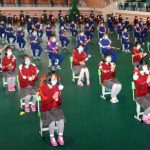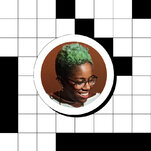Eye movements of those with dyslexia reveal laborious and inefficient reading strategies
Researchers have long noted that readers with dyslexia employ eye movements that are significantly different from non-dyslexics. While these movements have been studied in small sample sizes in the past, a new paper written by Concordia researchers and published in the nature journal Scientific Reports looks at a much larger group. The study used eye-tracking technology to record the movements and concluded that people with dyslexia have a profoundly different and much more difficult way of sampling visual information than normal readers.











